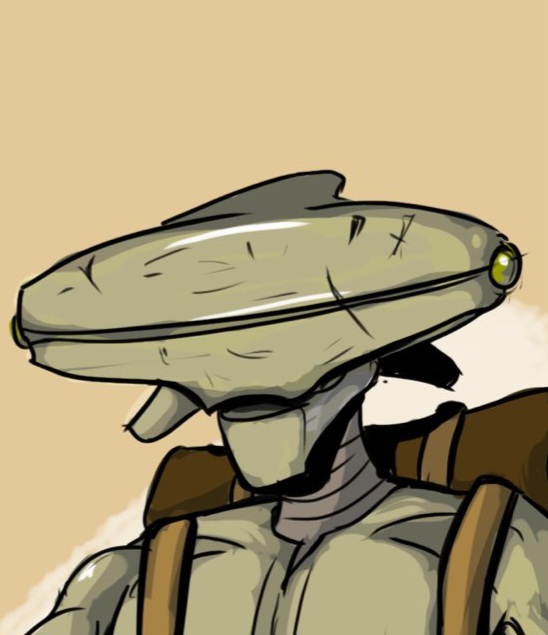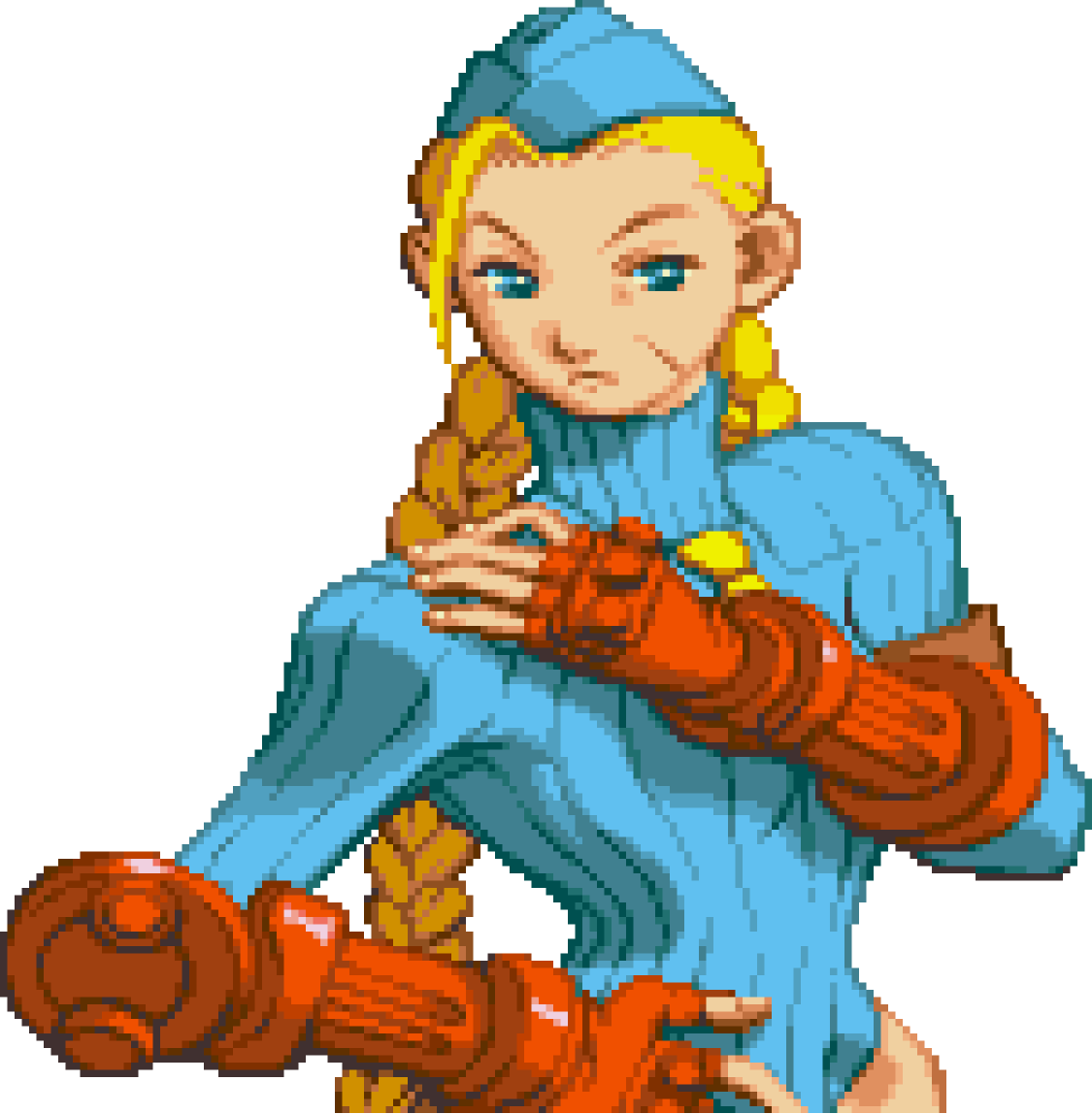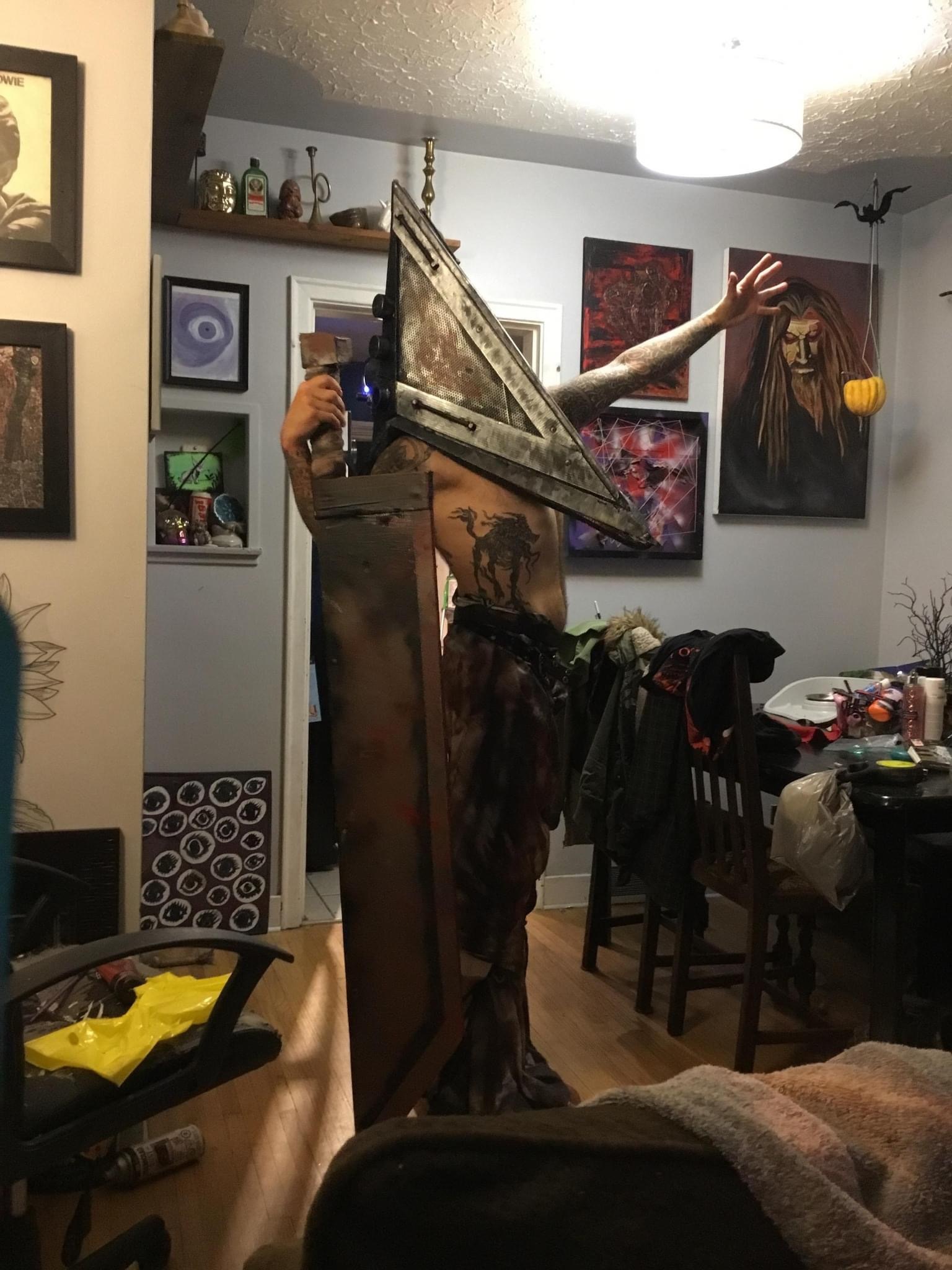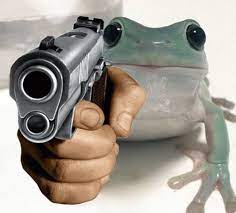Let me tell you might thoughts about Hollywood's refusal to have characters where helmets where appropriate, for instance in battle scenes 1/443
I will. I will go full cinemasins. The prevailing belief that actors can't give a good performance and audiences cannot relate to an actor in a helmet is pure directorial cowardice. Helmets connote power and authority. Having a brightly painted helmet with a torse and a two foot tall paper mache goose on it makes the location of the lead actor much more idenitifiable in a muddy battle sequence.
Okay actually a ran out of steam
Show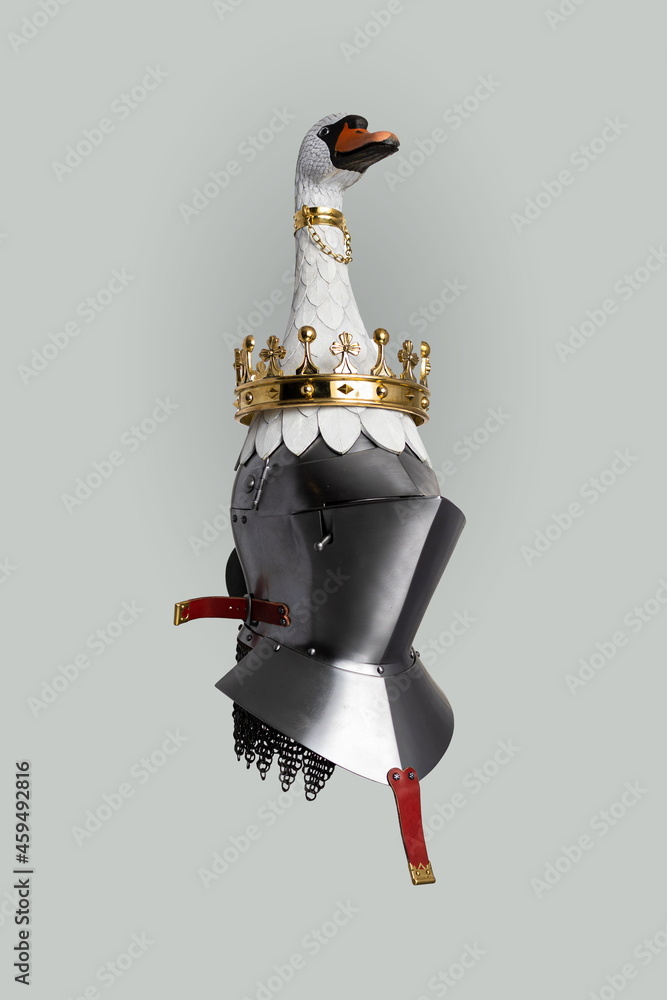
But I think this, and similar fancy hats, actualy make good storytelling devices and visible signs of who to pay attention to in a fight scene. Or just a simple visual sign of who is important; Whoever has the biggest, coolest hat is the most important person in the scene.
Cause, really, helmets were theatrical in many senses. They were designed to project power and authority, to intimidate, to make the wearer instantly identifiable. Wearing cool helmets and spiffy armor was in itself an act of visual storytelling brought to the raw hell of the battlefield. It's how warriors told each other their allegiances, their power, their skill. You might see the device of your enemy on a shield half way across the field and wade over their to kick his ass for embarassing you at the ball, or you might decide to go fight somewhere else because that guy is scary. Shields and banners were potent talismans of victory and seizing enemy symbols, or coming home without your shields and banners, would become part of your reputation or even part of the legend of your family or unit.
Directors, were they not cowards, would seize on this and use helms to tell a story about their characters. Instead there's this ludicrous notion that you can't act or be cool with a hat on that persists in Hollywood.

Every Uruk-Hai in Helm's Deep had their face covered by a helmet, and I feel like I got their vibe just fine
Welcome to the resistance!
Show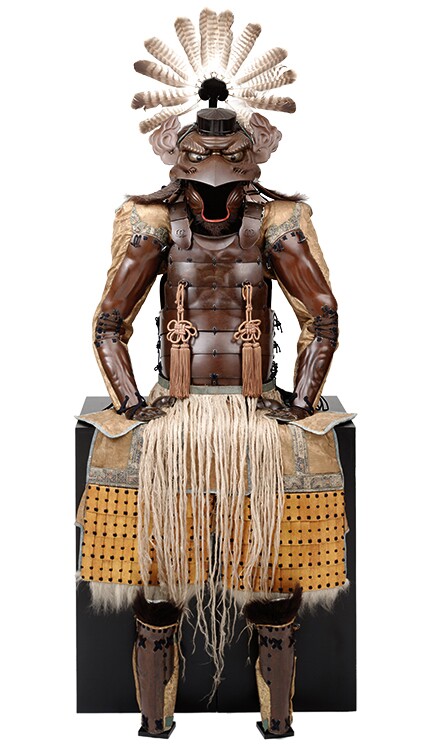 Show
Show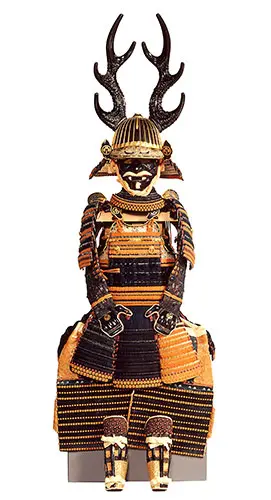 Show
Show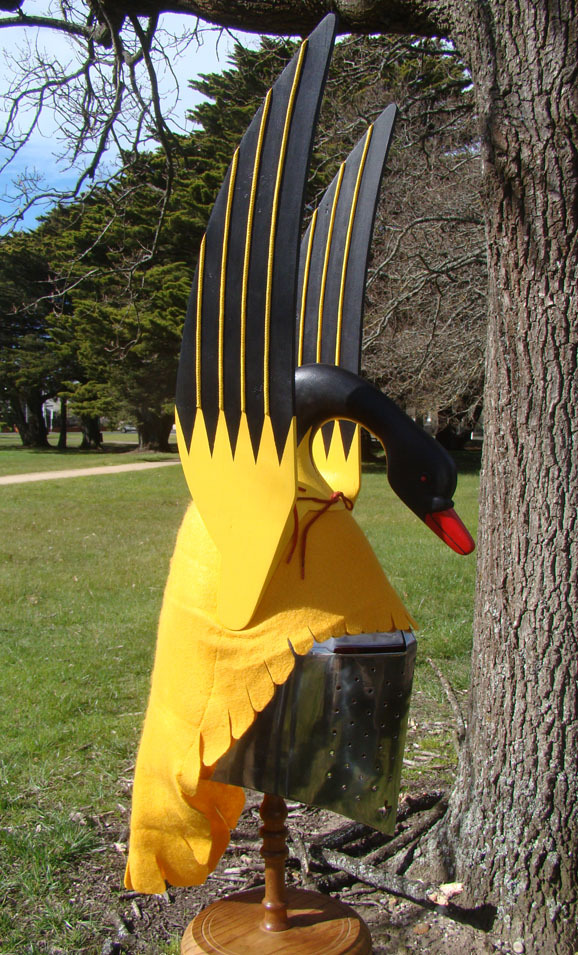 Show
Show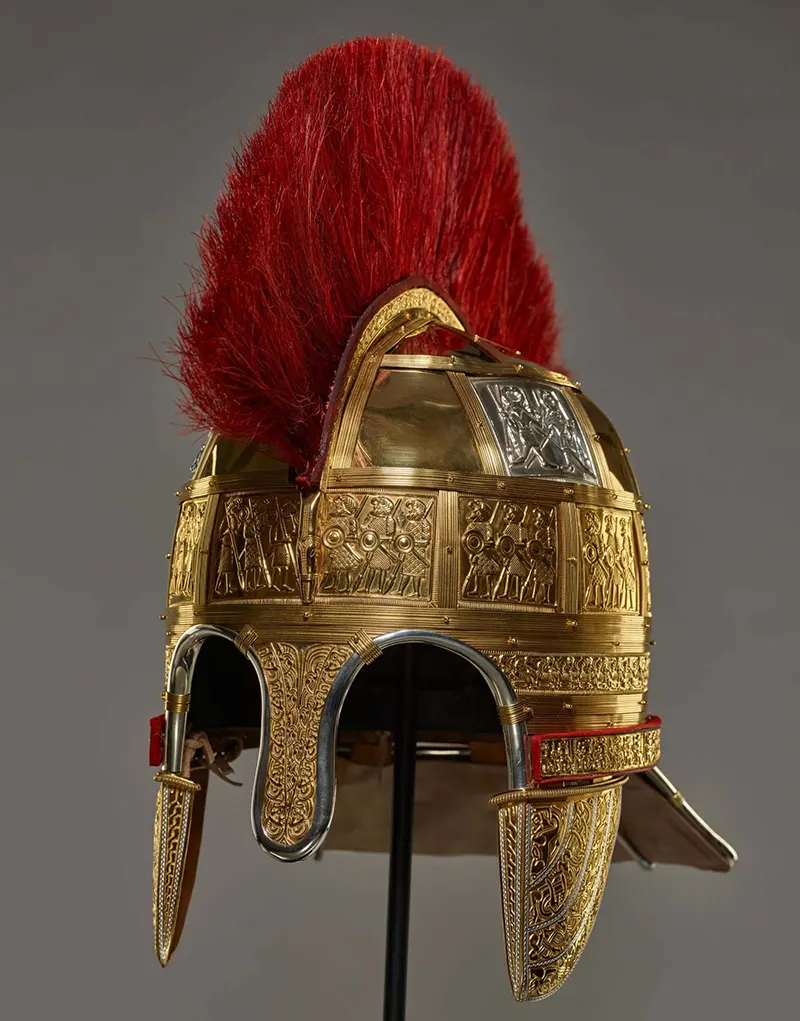
I tried to watch Rings of Power but I was so put off by the costuming I gave up. I am not exaggerating when I say that I, with the aid of a handful of friends and a few hundred thousand dollars, could do drastically better at designing and building some of the hero costumes to both show the "Elves are better than you"ness of the elves, and tell a more vibrant and rich story about the person wearing the clothing.
People's focus on "realism" as a prerequisite for any artistic display is the absolute death of art.
It drives me up a wall.
I wish we'd see more embracing of surrealism, hyper-realism, and of the mind bending bullshit that film directors can do with all kinds of in-camera tricks.
I've long had this vision of the battle between Fingolfin and Morgoth, and how I see it played out in my head is using in-camera forced perspective BS so that whenever Morgoth is the active fighter Morgoth looks inhumanly enormous, taller than the mountains, ready to crush Fingolfin with his boot. But whenever he actually attacks he is shrunken by camera work and perspective to just be more than human, a giant but not impossibly powerful. And when Fingolfin parries or dodges, and especially when Fingolfin manages to land one of Morgoth's seven wounds, Morgoth is brought down to Mortal scale, a big man, but only a big man. But between these moments he scales back up to godly, mountainous, tyrannical size and power.
And this shifting of perspective would play out through the whole fight, and as Morgoth accrued more and more wounds the scale of him would be brought down and down, til he was almost of a height with Fingolfin. And when Fingolfin lands his final blow on Morgoths heel and Morgoth strikes Fingolfin down and crushes his neck Morgoth will not look so large. In fact as he limps back to the gates of his fortress, alone, with no one to aid him, bandage him, celebrate him, he will look very small indeed.
And this shifting of perspective would be what tells the story, more than the actual play of hammer and sword. Melkor, Morgoth, is the most powerful being in all of Arda. When a mere Elf comes to challenge him at the gates of his home, for the sake of face, he must answer. But he doesn't crush the elf with a single blow of his hammer. Morgoth, the enemy of the world, struggles. This lesser being forces the great enemy to try. The being that once strode about in the aspect of a burning mountain has been reduced to dueling with a mere elf. Not Tulkas or Orome, not Ungoliant or a Balrog or a Maia. Just an elf. And every time Fingolfin survives a blow, every time Morgoth is cut, he becomes that much smaller. The raw power of the great adversary flows out of him, he deflates. He becomes less. In the end he defeats Fingolfin. But it is not an easy defeat, an effortless defeat. He does not mock the weakness of mere Elves. Instead Morgoth is permanently disabled, lamed in the foot and cut by wounds that never heal. The great enemy of all beings has been reduced. He is no longer a destroyer of continents who overthrows mountains at a glance. Now is power is only at a human scale, comprehensible to men and elves. And showing that lack of stature, that loss of scale, is something you could do with camera tricks far better than any straight fight choreography could ever convey.
This would be so much more visually interesting and just cooler than anything we'll ever actually end up getting. I really want to see your version.
That gag being used multiple times in Thor: Love and Thunder (well, and that whole movie) put me off Taika Waititi movies so hard that I didn't care when he eventually came out as a Zionist shitbag lol
Oh shit, hated the new Thor, but the Zionism thing is good to know. Thanks!
To be specific, he signed that stupid "no hostage can be left behind" thing
The only funny meme involving goats was that one mashup of the goat singing along with Usher.
A bleating goat is a pretty normal thing to find funny. A thing that an entire species of animal does isn't really a "meme". I think the twitter user is a bit too online.
Nah that specific goat sparked a lot of youtube cuts, like that taylor swift one.
It definitely qualifies as a meme
that doesn't make every bleating goat in somek kind of media a reference to one goat.
I don't think they mean literally, they're just making a comparison.
An Imgur link was detected in your post. Here are links to the same location on alternative frontends that protect your privacy.


